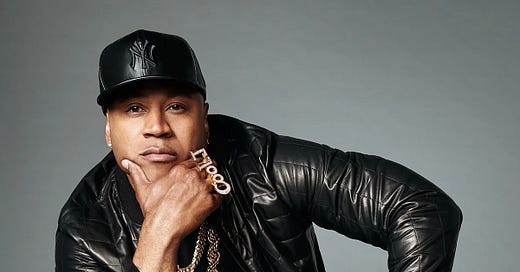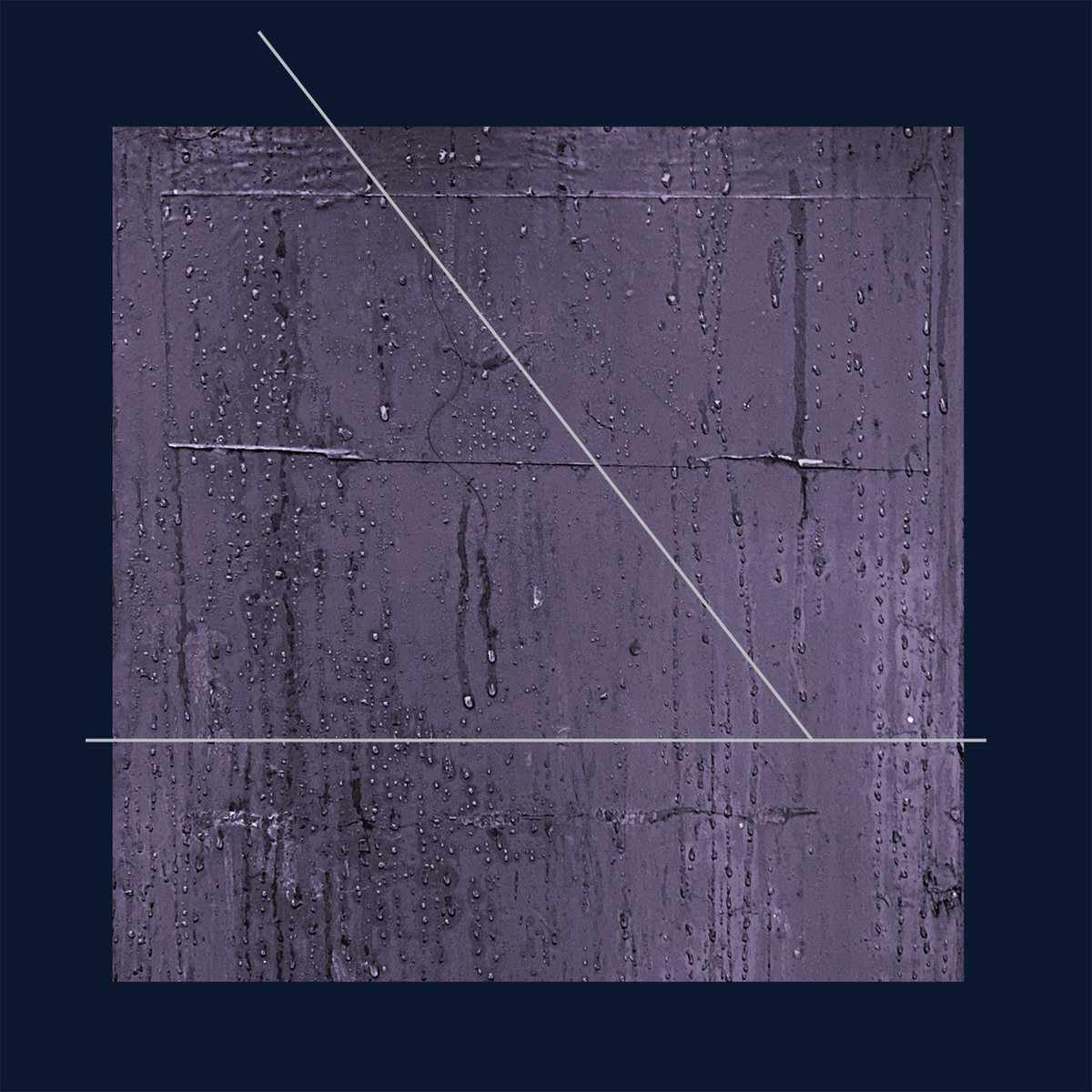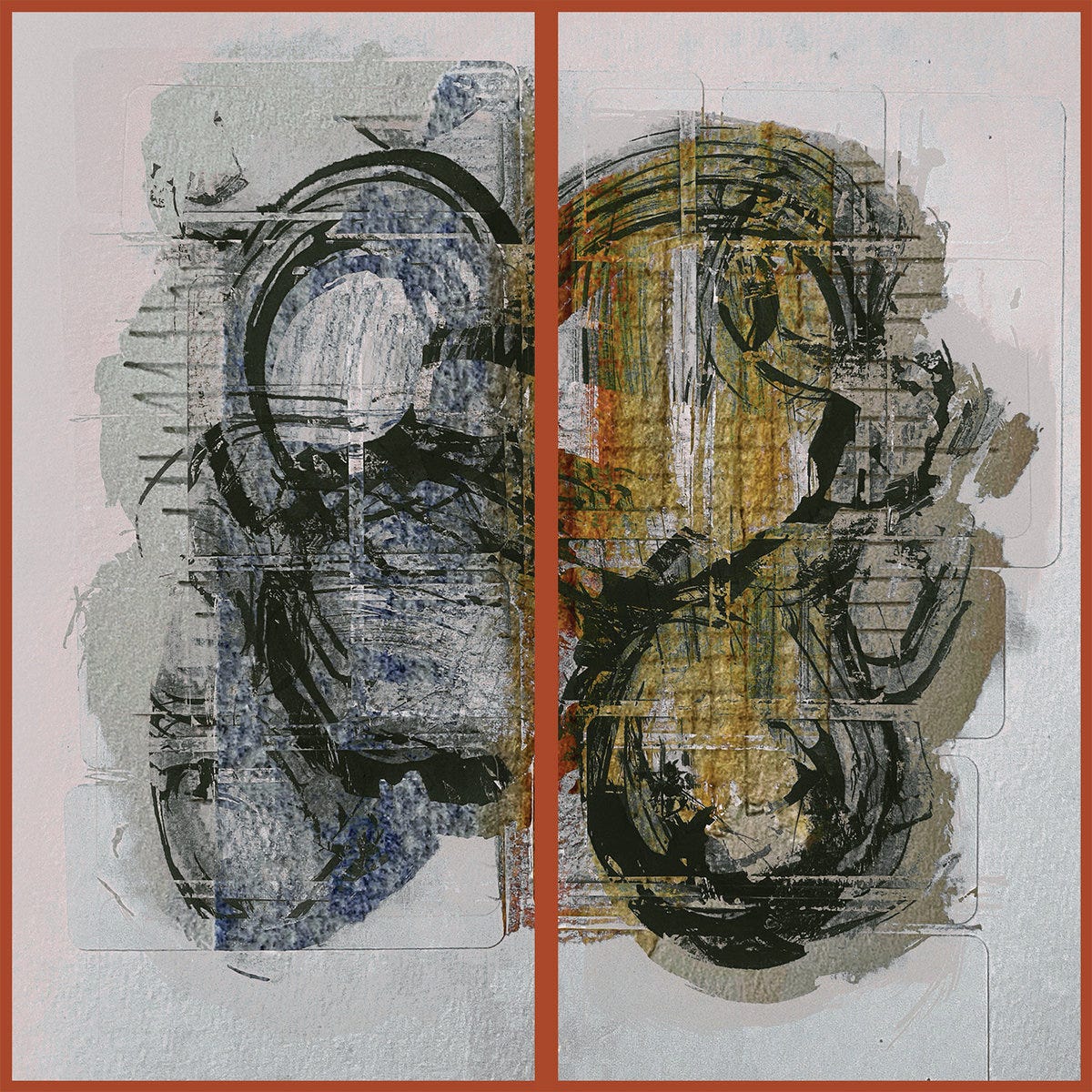Leo Records update! The first batch of titles are up on Bandcamp now. We’ve got releases by Anthony Braxton, including an incredible trilogy of live recordings from 1985; seven albums by pianist Marilyn Crispell running the gamut from solo work to pieces with a full orchestra; two albums by pianist Amina Claudine Myers, including the first-ever Leo Records release, 1979’s Song For Mother E; and a classic album by Sun Ra featuring cult Egyptian composer and bandleader Salah Ragab. (Some other Sun Ra titles we’d planned to release are not available, by request of the Ra estate, but those who pre-ordered them got them.) Head to leorecords.bandcamp.com and check them out; we’ll have more Braxton, and titles by Cecil Taylor, Evan Parker and others, coming next month.
Burning Ambulance Music update! We’ll be releasing two new titles on our primary label on October 4. Pre-order them now.
The first is Irrational Thinking Of The Subject, by Tungu. Tungu is the project of Ukrainian bassist/electronic musician/producer Sergey Senchuk, and this album features collaborations with a wide range of international artists from the avant-garde/improv/sound-art worlds: Noël Akchoté, John Bisset, Lawrence Casserley, Jacek Chmiel, Phil Durrant, Wayne Grim, Ayumi Ishito, Pak Yan Lau, Lucia Margorani, Phil Minton, Lara Suss, Kazuhisa Uchihashi, Gebhard Ullmann, Sabine Vogel, and Sylvia Wysocka. Get that one here.
The second is Polarity 3, the latest set of duos by tenor saxophonist Ivo Perelman and trumpeter Nate Wooley. These encounters are incredibly beautiful and have been really well reviewed; The Wire calls this latest one “...a mostly bucolic, thoughtful exploration of instrumental counterpoint, with hints of tradition...but mostly spare and abstract.” Get it here. We’re also offering a special deal on the entire trilogy — all three CDs for $35 plus shipping.
As always, all the art and design is by I.A. Freeman, whose work can be seen here.
I’m a member of the last generation that can remember a time before rap. The first rap songs I heard were Newcleus’s “Jam On It” and Melle Mel’s “White Lines (Don’t Do It)”, when I was in junior high. I was in high school when ’80s rap was at its peak, and I spent much of my money from my crappy jobs on tapes by Big Daddy Kane, Eric B. & Rakim, Boogie Down Productions, Ice-T, Just-Ice, Public Enemy, the Jungle Brothers, De La Soul, and A Tribe Called Quest.
I never bought any of LL Cool J’s albums back then, but he had a bunch of songs I liked: “I’m Bad”, “I’m That Type of Guy”, “Going Back to Cali”… it was clear that he was an extremely talented rapper with a real flair for language and stunning wit. I’ve been a professional writer for almost 30 years and I’ve never written a line as good as “I got a gold nameplate that says I Wish You Would.” LL Cool J wrote that line (it’s from “I’m Bad”) when he was 18. But it’s important to note that his talent extended beyond vivid braggadocio. His battle verses had a relentless, adrenalized momentum that revealed more layers of complexity each time you listened.
Although his ability to declare his own awesomeness in a thousand wildly entertaining ways made LL’s name, the flip side of his persona, and arguably even more important to his career, was his loverman act. “I Need Love”, from his second album, 1986’s Bigger and Deffer, was the first real hip-hop love ballad, delivered in a seductive murmur rather than his usual hard-charging bark, and from then on, he balanced aggressive battle raps with tracks for the ladies.
Two of my favorite LL Cool J songs, “Going Back to Cali” and “I’m That Type of Guy”, are brilliant because they combine both sides of his persona into one. “Going Back to Cali”, produced by Rick Rubin and first heard on the soundtrack to the 1988 movie Less Than Zero and then on his third album, 1989’s Walking With a Panther, is a brilliant, minimalist piece of rap as art. LL’s delivery is subdued; at times, the 808 kick drum drowns out his words. And the rhymes are closer to slam poetry than his usual complex webs of allusion and metaphor, but individual lines have an extraordinary vividness: “The record skipped, but this girl kept dancin’/Prancin’, grindin’, grinnin’, romancin’”.
“I’m That Type of Guy”, produced by Dwayne Simon, was the second single from Walking With a Panther, and it’s an equally brilliant spin on his loverman act. Over a pulsing, whipcrack beat and a sample of “The March of the Winkies” (oh-wee-oh) from The Wizard of Oz, he talks about how he’s sneaking around the listener’s back with his girlfriend, insulting the guy in the process (“I’m the type of guy to leave my drawers in your hamper”). It’s unapologetic, gleeful, and hilarious.
Sidebar 1: What was it about “The March of the Winkies” that caught the zeitgeist in 1987-88? It popped up in three songs by three entirely different artists: Prince, on “It’s Gonna Be a Beautiful Night”; LL Cool J, on “I’m That Type of Guy”; and Metallica, on “The Frayed Ends of Sanity”. And I don’t think I’ve heard anyone use it since. Weird.
Walking With a Panther got mostly positive reviews when it came out, but some in the hip-hop community grumbled that there were too many love ballads. Later, it came to be seen as a misstep, as LL was sticking to his gold-chains-and-tracksuits image when other acts, particularly the Native Tongues groups (A Tribe Called Quest, De La Soul, the Jungle Brothers, and Queen Latifah), were adopting more serious “Afrocentric” images. Heard now, it’s a good record, albeit much too long; it was released in three different versions, ranging from 67 minutes on vinyl to 77 minutes on CD to 85 minutes on cassette.
Sidebar 2: If you’ve never read Kim Gordon’s interview with LL Cool J from the September 1989 issue of SPIN, you really should. I don’t think either of them comes off great; the cultural chasm between them is too wide, though Gordon exaggerates it for effect. Regardless, it clearly stuck with her, as Sonic Youth’s song “Kool Thing” is about their encounter and the thoughts it left her with.
I heard LL Cool J’s next two albums, 1990’s Mama Said Knock You Out and 1993’s 14 Shots to the Dome, but I never heard more than a track or two from the eight(!) albums he made after that. He seemed adrift, making singles that were overtly aimed at pop and R&B radio, and that just wasn’t interesting to me. Also, he had a whole other career going, starring as Navy SEAL Sam Hanna on the TV show NCIS: Los Angeles for 14 years. I’ve watched a lot of episodes of NCIS: Los Angeles, and I can tell you that it was a fucking weird show, at times quite dark — and insanely violent, in a bloodless network-TV way — but LL was its moral center (and given the show’s massive ratings, probably the highest-profile Muslim character in American television history, though he himself is Christian).
Anyway, LL Cool J has a new album out, and it’s not only my immediate favorite of his albums, it’s one of the best rap records I’ve heard in years.
The FORCE (FORCE being an acronym for Frequencies Of Real Creative Energy) was entirely produced by Q-Tip, whose group A Tribe Called Quest had been partly responsible for rendering LL yesterday’s man back in ’89. But in 2024, they’re both old men, heroes to Gen X listeners like me but irrelevant to “the streets”. (There’s an old saying — I think it’s from Paul Williams, the pioneering rock critic who founded Crawdaddy magazine in the ’60s — that the golden age of rock ’n’ roll isn’t any particular year or decade, it’s when the listener is between 12 and 17. That’s doubly true of hip-hop.)
LL Cool J is a rich man. Q-Tip is, if not rich, certainly financially secure. The FORCE is an album that could only have been made by two mature artists who genuinely love what they do, and are not dependent on or worried about hits or album sales. This is a work of pure sonic imagination. Q-Tip throws electronic noise, old-school soul and funk hooks, head-slapping juxtapositions, and genuinely surprising samples into every track, and never lets an idea overstay its welcome. Seven of the album’s 14 tracks are under three minutes long; the whole thing flies by in just 43:40, literally half the length of the Walking With a Panther cassette.
The first track, “Spirit of Cyrus”, sets the tone instantly. An eerie synth melody and a sample of the assassinated gang leader Cyrus from the movie The Warriors lead into an ominous and threatening monologue from LL, talking about executing crooked police. On the title piece, he’s in an expansive, Rick Ross-ish mode, talking about the luxury life, and on “Saturday Night Special”, Ross and Fat Joe show up for a three-hander wherein they offer advice to young up-and-coming gangsters about how to stay alive in the game.
Throughout the album, LL Cool J acts his age. By that, I mean that he salutes his parents for supporting him at the beginning of his career (“Post Modern”) and goes back to his old neighborhood only to find it unrecognizable (“30 Decembers”), but I also mean that he takes artistic risks no young artist, still working to establish an image of themselves in listeners’ minds, would. Take “Black Code Suite”, one of the longest tracks on the album (still just 4:26), where the final two minutes are an entirely different song from what came before, with Gambian kora virtuoso Sona Jobarteh and a female chorus singing over a thumping beat. That’s the kind of trick billy woods would pull, certainly nothing you’d ever expect from the LL Cool J of old.
Another highlight of the album is “Huey in the Chair”, its title a reference to a famous photo of Black Panther leader Huey Newton that was also the inspiration for the cover of Funkadelic’s Uncle Jam Wants You. The track is built from a grimy, blown-out sample of Can’s “Halleluwah”, already catnip to music nerds my age, and then to get furious verses from LL Cool J and Busta Rhymes on top of that… Busta is one of the best rappers alive, his gravelly voice mixing a Caribbean toasting style with raw NYC hip-hop, and his single verse here is almost terrifyingly intense, without jumping all the way into the cartoon character realm he sometimes inhabits.
But the album’s final track, “The Vow”, might be the biggest surprise on an album full of them. It’s a posse cut, something LL’s done before (“4,3,2,1”, “Fuhgidabowtit”), but where those tracks featured high-profile peers like Method Man, Redman, DMX and Canibus, “The Vow” is LL throwing the spotlight on three unsigned rappers: Don Pablito, J-S.A.N.D. and Mad Squablz, each of whom delivers an impassioned verse that makes me want to look them up on YouTube (which is where LL and Q-Tip discovered them).
I once interviewed Japanese hip-hop producer DJ Krush and asked him about the guest rappers on his albums. I recognized the American artists (Mos Def, El-P, Black Thought) but wondered if the Japanese rappers were of equal stature at home, and he said that in fact, he used his albums to spotlight underground, little-known Japanese MCs he felt were deserving of wider exposure. So kudos to LL Cool J and Q-Tip for doing the same thing here.
Look, I don’t spend a whole lot of time listening to hip-hop anymore. So if you don’t want to take my word for it, that’s fine. But The FORCE has hit me like a train. If I had bothered to ask myself, What would a new LL Cool J album sound like in 2024?, I would not have imagined anything like this. Highest possible recommendation.
That’s it for now. See you next week!








That's the second great review for the new LL I've seen - will listen! Also fun the read the full Burning Ambulance treatment given to something less esoteric than what we usually depend on you for.
I loved your review of LL Cool J's album. A former music critic whose opinion I trust called me a two weeks back raving about it. I finally listened last night and agreed. The old school, including the recent Common/Pete Rock and Rakim releases, has proved that making dope records doesn't have to end at 35. I hope Big Daddy Kane teams up with someone and returns soon to the studio.